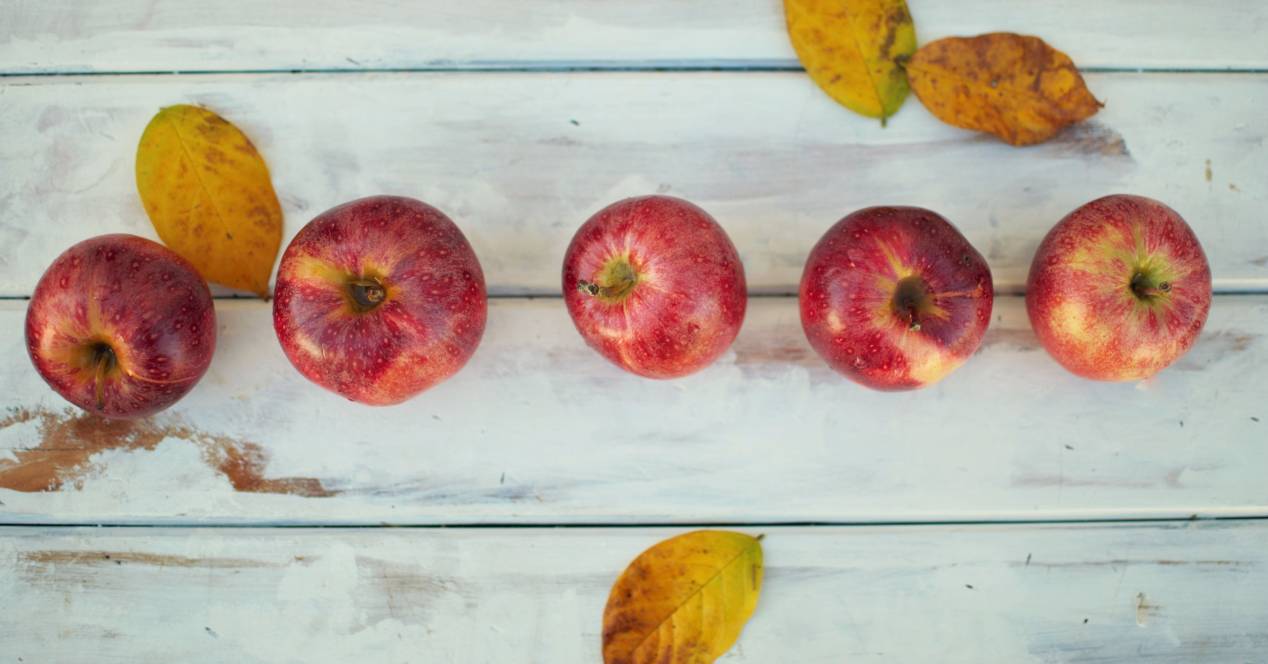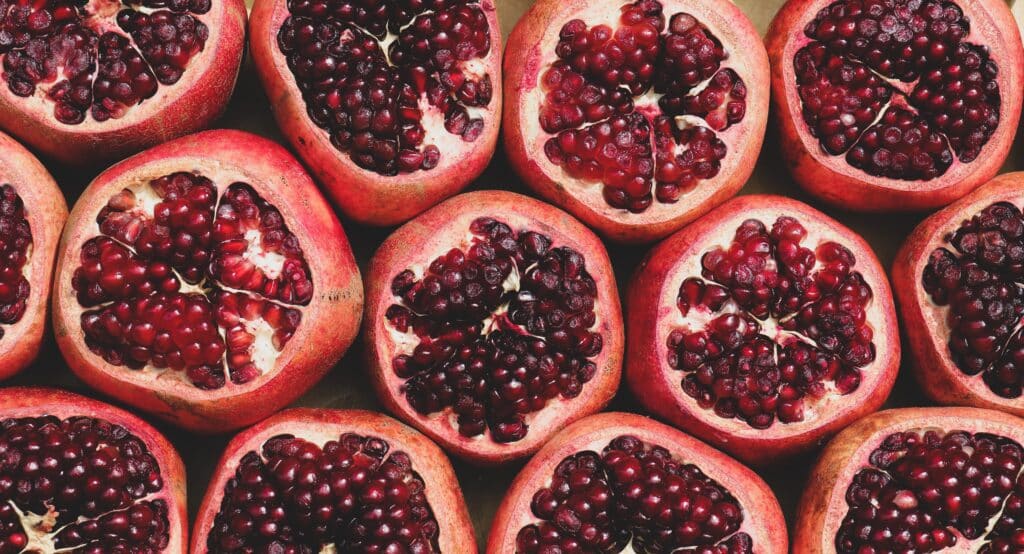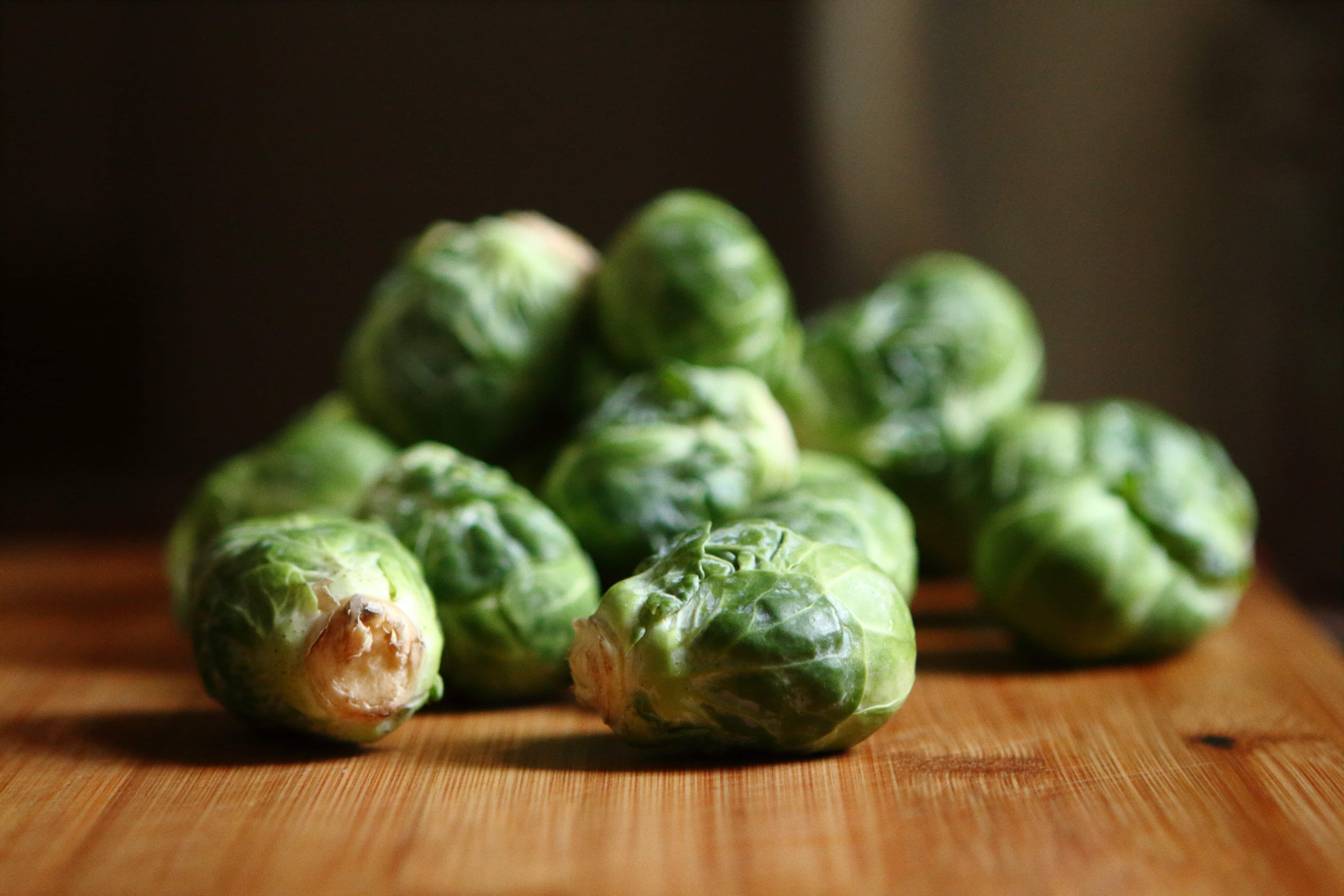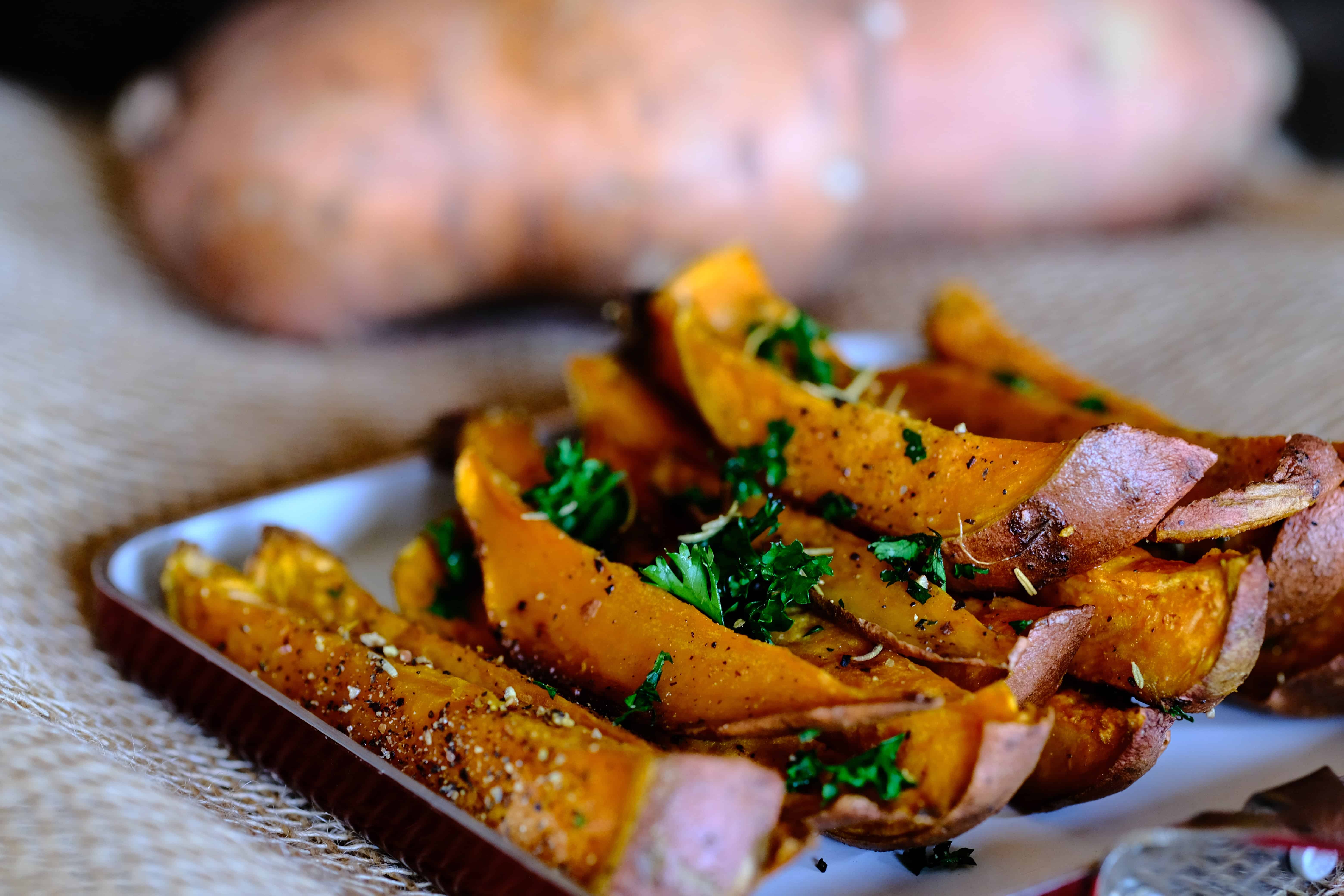
With the arrival of fall begins the season for apple cider donuts, pumpkin lattes and hearty sweet potato casseroles. The holiday season is upon us (hello, Halloween candy!) and it might not seem like the best time of year to continue on your weight loss journey.
There's good news, though: Fall is also packed with nutritious foods that fit easily into a healthy lifestyle.
autumn foods
Taking advantage of the foods of the fall season is a great opportunity to lose weight in a nutritious way. They will help reduce the excesses of summer.
Pumpkin
It's fall and that means store shelves are exploding with all things pumpkin. Thinking of this fall food may make you imagine high-sugar coffee drinks, but in its whole form, it's actually an extremely healthy food. Pumpkin is high in beta carotene, which is converted to vitamin A in the body, a powerful antioxidant.
Half a cup of pumpkin also provides 3 grams of fiber, which is pretty impressive. The fiber in your diet can be a good indicator of your weight loss success. An October 2019 study, published in The Journal of Nutrition, concluded that fiber intake helped more people stick to a diet plan and that eating more fiber promoted weight loss.
Try adding canned pumpkin to your morning smoothie to get that extra burst of fiber and vitamin A into your day.
Apples
If your fall apple-picking outing leaves you swimming in the round fruit, that's a good thing. Like pumpkins, apples are full of fiber (a medium fruit has 4 grams) and they also have a high content of water y phytonutrients, which makes them an ideal food to lose weight.
In fact, it might be worth adding an apple a day to your diet. A September 2015 Harvard study, published in PLOS Medicine, found that people who ate certain fruits (apples being one of them) lost weight without making significant changes to their diet. The researchers concluded that fiber-rich fruits have a positive effect on weight loss.
Since apples contain fiber in both the flesh and the skin, you want to make sure you eat both. Try baking them and add even more fiber with oats and nuts.

Beet
Whether red, white or yellow, beets are a classic vegetable in traditional cooking. The last time to plant beets is in early August, as they need some time to develop their tasty tubers while temperatures are still mild.
Beets are ripe just in late fall, as soon as their leaves become ragged and can be dug up. What is particularly advantageous about beets is that they store well during the winter. We will simply remove their leaves and store them in boxes in a cool, dark place. The beet crop will easily hold until next spring.
Grenada
No wonder pomegranate arils are often called rubies. Their deep red color immediately shows that they are packed with nutrients. In fact, pomegranates have been studied for their antioxidant effects y anti-inflammatories.
There is no conclusive research showing that arils or pomegranate juice can directly help you lose weight, but they do have an impact on your gut health, and having a healthy gut can definitely help with your ability to lose weight.
Pomegranates have been shown to increase the growth of Bifidobacterium y lactobacillus, two important bacteria in the gut, according to February 2020 research published in Foods.
Try sprinkling pomegranate arils into your morning oatmeal and into smoothie bowls, savory casseroles, yogurts, and salads.
Chile
Chili: the quintessential fall food. Chili may not be the obvious choice for a food that can help you with your weight loss goals, but it could be your secret weapon.
When loaded with veggies, beans, and lean meat, it's the complete package for a balanced dinner with complex carbs and protein, both of which help keep you full longer (meaning you're less likely to reach for the cookie jar).
When the air is cool, try this red lentil chili. The hot chili is loaded with vegetables, beans, and lentils for a nutrient- and fiber-packed dinner perfect for keeping you on track.

Brussels sprouts
Brussels sprouts belong to a family of vegetables called cruciferous vegetables. This family also includes broccoli, cauliflower, kale, and cabbage.
Cruciferous vegetables can help reduce the inflammation in your body, according to a May 2014 study published in the Journal of the Academy of Nutrition and Dietetics. Research indicates that women, in particular, who had a higher intake of cruciferous vegetables had lower markers of inflammation.
If you have chronic inflammation, the kind that sticks around for a while, you may find it more difficult to lose weight. There's a clear link between weight gain and inflammation, according to Harvard Health Publishing, so reducing inflammation with anti-inflammatory green vegetables like brussels spikes is a good start.
If you've been hesitant to jump on the Brussels sprout bandwagon, there are plenty of ways to enjoy them. Gone are the days of simply boiling these little cabbages.
Cabbage
Cabbage is one of those vegetables that seems to be in season all year long, but if we're seeing it in grocery stores in the fall, it's because it's in season. Cruciferous vegetables ripen in late summer and also get a bit sweeter as the weather gets cooler.
Cabbage is a staple in my kitchen. It can be shredded for large salads, grilled or pickled. It is a very healthy autumn vegetable.
Potatoes
Sweet potatoes are often thought to be a good white potato substitute. The truth is that both are vegetables with starch and both have impressive nutrient profiles. However, sweet potatoes are much less abused when it comes to processing.
sweet potatoes are low calorie (103 for a size medium) and pack an impressive 15 percent of your daily value for fiber per portion. What makes sweet potatoes an ideal weight loss food is the content of Water: they are between 62 and 75 percent water, according to a June 2019 review in Food Science & Nutrition.
Sweet potatoes are a favorite for fall menus, but they don't have to be drenched in butter or slathered with marshmallows to be delicious. There are healthier ways to eat them, such as roasted, pureed, or added to your favorite soups.
Sweet potatoes are also delicious stuffed, yes you heard right. Take the time to bake your sweet potatoes and fill them with vegetable chili, broccoli, or ground beef.

Oatmeal
A hot breakfast is always a good idea when the temperatures drop, and oatmeal is a great option when you're working on losing weight. It has a special type of fiber called beta-glucan. Although beta-glucan may not directly help you lose weight, remember that it comes down to the overall quality of the diet, it can help.
Beta glucan is known to help regulate sugar en blood and keeps you satiated for longer periods of time. This makes it a great addition to all kinds of diets.
It doesn't matter if you prefer old-fashioned, steel-cut, or quick-cooking oats, you'll get the same nutritional benefit. You can also mix oats into flour and add it to any recipe that calls for all-purpose flour and doesn't call for gluten for its texture, like meatballs or the topping on your apple crumble.
If you choose to buy packets of instant oatmeal at the store, opt for the option with less sugar to control the amount of added sugar. And keep in mind that making your own flavored oats is very easy and affordable, and it helps you control exactly what's in your oats.
Nabo
Although not very popular today, the rutabaga is a classic fall food. After all, turnips are not only extremely hardy, they can also tolerate frosts down to -6°C.
Depending on when they were sown, turnips can be harvested from September to December; at the latest, they must be harvested before the first frost, which is longer.
Cauliflower
It is low in calories and rich in some vitamins and other nutrients, although it is no mystery that cauliflower is a go-to fall food when it comes to our health. A cup of cauliflower has about 27 calories and about 5 grams of carbohydrates.
These days, the cruciferous vegetable gets a lot of hype due to its ability to serve as a substitute for mashed potatoes, as the flavor is delicious and similar to potatoes, with fewer calories and carbs. To enjoy, we'll simply mix cooked cauliflower with some sea salt, low-fat sour cream, and olive oil, and we'll have a delicious puree mix!
And the benefits of cauliflower don't end there. This vegetable is packed with phytochemicals that help keep cells healthy and fight the development of cancer. The National Cancer Institute explains that cruciferous vegetables like cauliflower contain glucosinolates (the sulfur-containing chemicals that give vegetables their strong odor), which may help reduce the chances of developing certain types of cancer.
Plus, cooking with cauliflower doesn't have to be boring. If you've never been a fan of cauliflower, we'll try toasting it with olive oil and a little salt and pepper, then we can top it with Parmesan cheese or any other bagel seasoning; it has a milder flavor compared to boiling it. Cauliflower can also be used to make a version of macaroni and cheese.